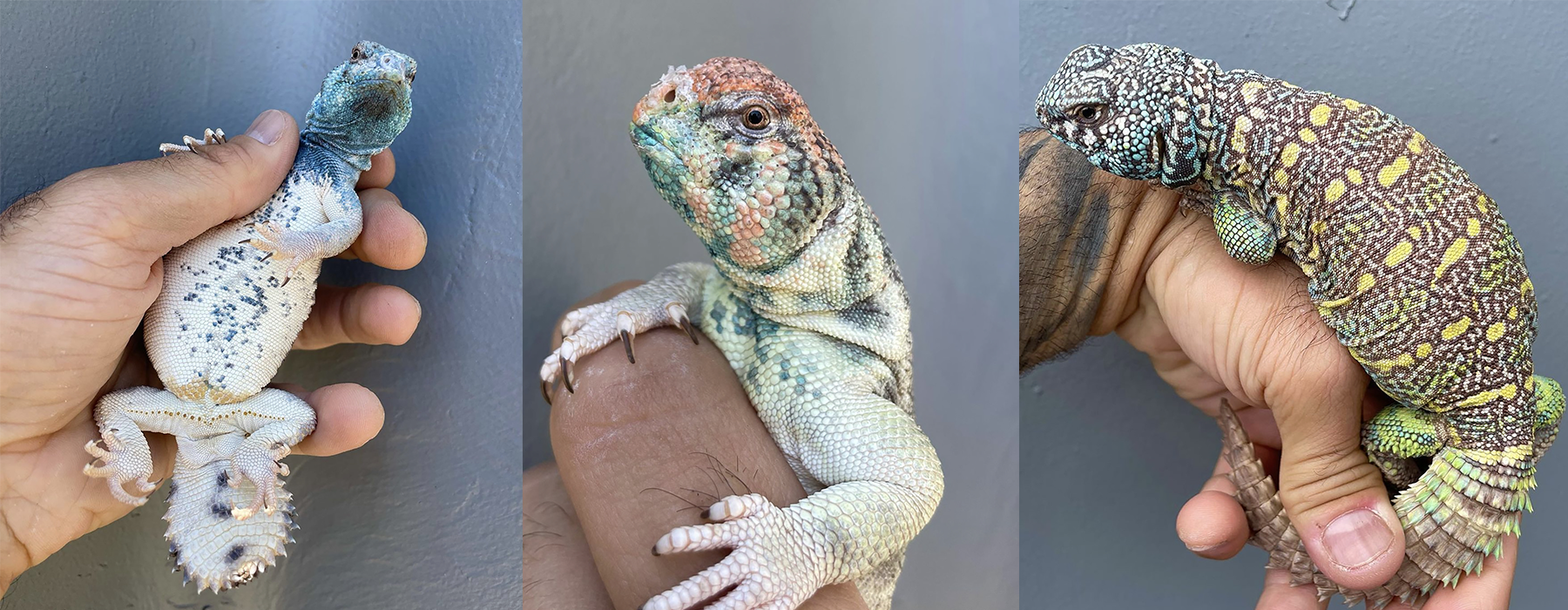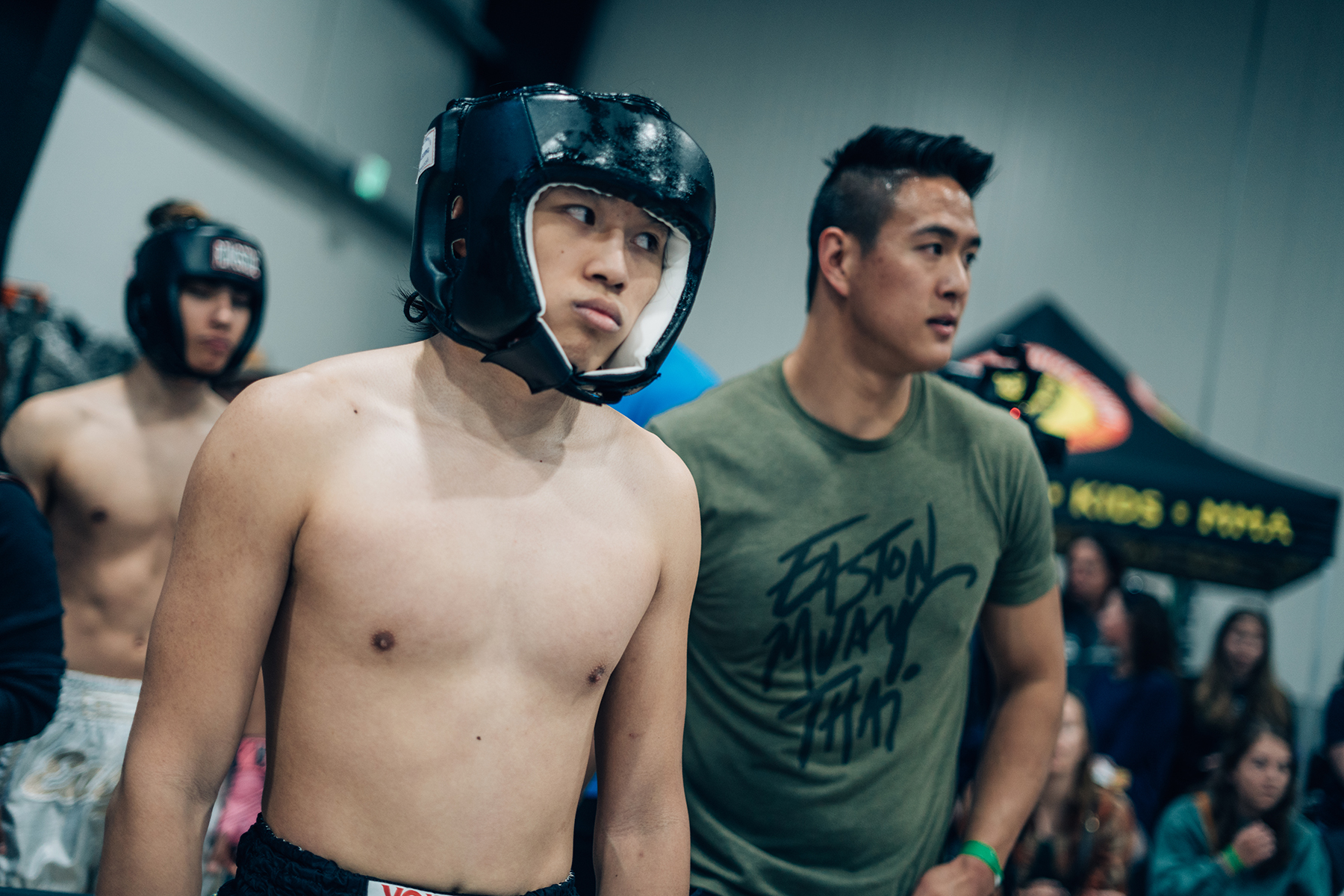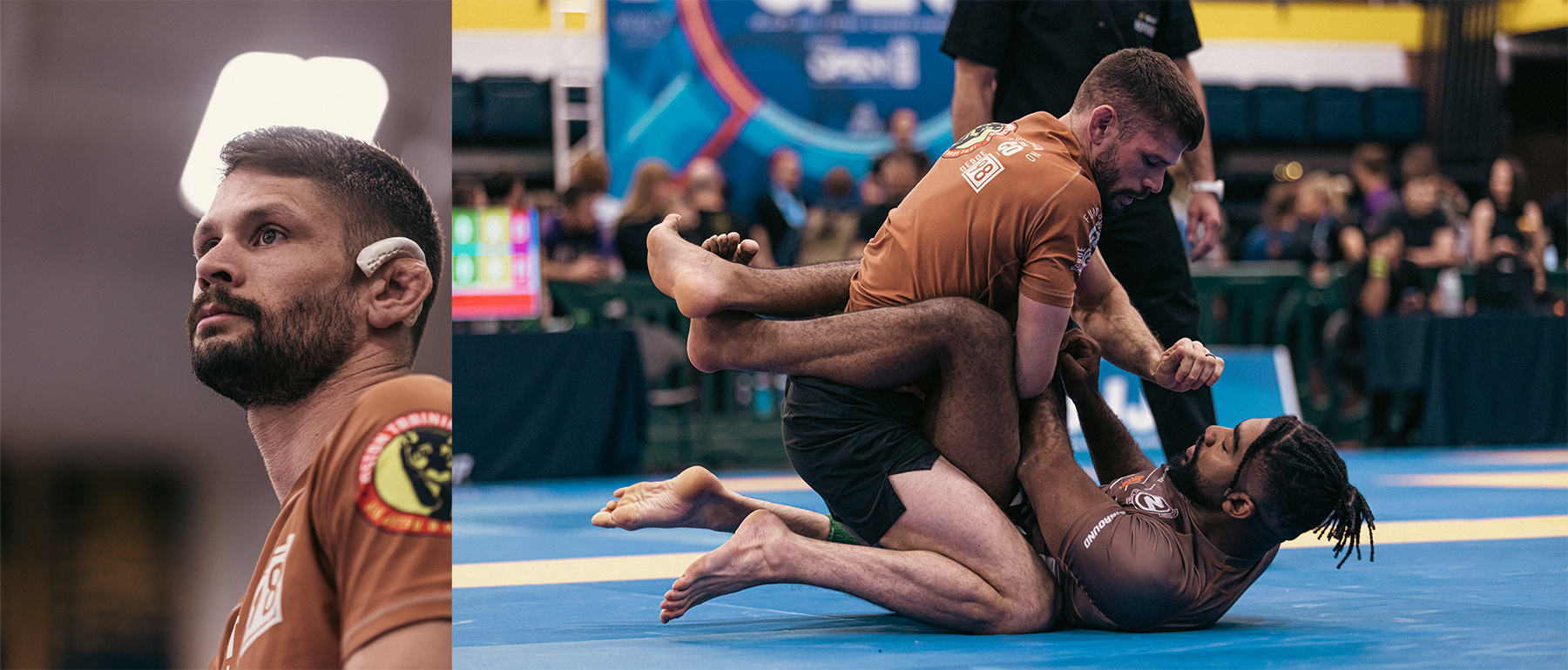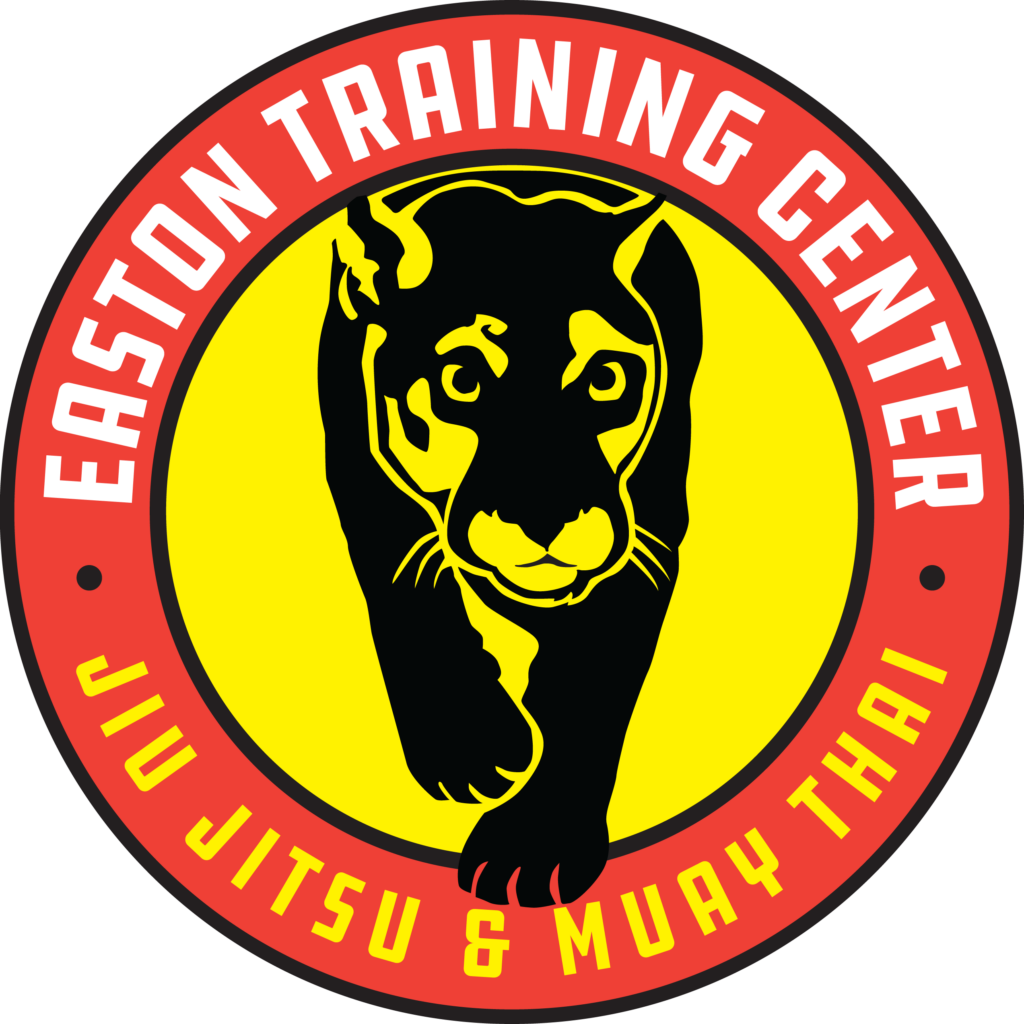Our latest episode of the Easton All-Staff Podcast spotlights one of our newer GMs at Easton, Professor Phil Lietz. One of the few GMs we’ve had who comes from a different school system, earlier this year Phil took over Longmont when its original GM, Jordan Shipman, became Program Director of Kids Jiu Jitsu for all of Easton.
Listen to the full episode on Spotify or Apple Podcasts!
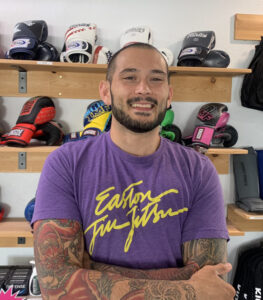
Professor Phil is a long-time competitor and student of BJJ, an artist and a lizard extraordinaire with his own lizard business. He joined Easton about a year ago following his departure from another BJJ academy, and has been teaching classes since.
As a business, Easton operates as a true meritocracy. Meaning, one of the best parts of its method centers on the fact that we will always value dedication and hard work above seniority.
While the passion that comes from a home-grown member of the community – the deep-seeded heart and love for the community that embraced them – cannot be overstated, we find it equally important to welcome new perspectives and embrace the possibilities that a diversity of backgrounds can add.
Sometimes, there are people outside of your community who you admire greatly, and who, given the opportunity, you know would be part of your tribe. Phil makes a perfect example of such an individual.
An avid competitor, our Easton team first encountered him at tournaments over a decade ago and had followed his Jiu Jitsu for years. In fact, Professor Ian Lieberman once came up to Phil after he finished a fight with – wait for it – Mike Tousignant (yes!), complimented Phil’s BJJ and warmly offered to train together sometime. (Listen to the podcast for Mike’s side of that story!)
This moment – the kindness of a human connection – stayed with Professor Phil for years. He developed a respect for Easton and its culture, and also a first-hand connection to the kind of community it fosters.
Phil had taught at The Sanctuary BJJ in Lakewood since 2015, but had begun to feel that if he wanted to grow, he needed to put himself in a bigger room. When an opportunity to work at Easton arose, it felt like the most natural next step in the right direction to join the team.
“We found out from Alex,” says Mike, about learning that Phil had quit. “We were like, yes! Ian and I have been talking about this for 10 years.”
Easton runs on two legs – the operations and the martial arts side of the business. Ian Lieberman manages the GMs and Alex Huddleston oversees the martial arts. The two of them, along with Mike who helps bring it all to a spear, work together on these two fronts.
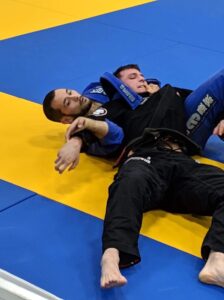 “We were like, one day, if Phil ever quits…because we don’t poach, we don’t believe in it – but if there’s an opportunity, we want to jump on it. So when we found out, we were like, BOOM. But we waited at least 10 years. In 2012, we were talking about it. ‘We want Phil if he ever quits and moves on.”
“We were like, one day, if Phil ever quits…because we don’t poach, we don’t believe in it – but if there’s an opportunity, we want to jump on it. So when we found out, we were like, BOOM. But we waited at least 10 years. In 2012, we were talking about it. ‘We want Phil if he ever quits and moves on.”
For Phil, it was a step closer to the expansion he needed – both in terms of his career opportunities within Jiu Jitsu and the expanded community on the mats. You cannot make good art in a vacuum, and you cannot make a great martial artist in a small, insulated community. While a cozy dojo might check all the boxes for you, if your goal is mastery, you’re going to have to step outside your comfort zone.
The only way to truly know you own your skills is to continue to test them, question them, and seek out bigger, better rooms. If you don’t, you either stop progressing or get worse. This is true for anything you put your mind to.
[Easton All-Staff: Building an Elevated Team and Forging Battle-Tested Martial Arts]
The art of mastery
Before Phil became a black belt in Jiu Jitsu, he first became interested in talent through fine art.
“It always seemed like there were people around me who were much more talented,” says Phil. “And then I realized, it’s not necessarily about natural ability, this really has everything to do with time spent practicing whatever it is you’re practicing.”
Phil showed promise in art from childhood and his parents strongly encouraged pursuing art as a career. He went to Rocky Mountain College of Art and Design with a focus on illustration, attending from 2005 – 2008 before graduating early and moving to Austin, TX for a post-grad apprenticeship.
Through a lucky connection, Phil got hired to go to Berlin, Germany and work at a concept art studio called SixMoreVodka, where he applied his creative skills to outsourced deliverables for studios that were making games and film.
Clients would provide a brief text description along with source and directional imagery, and Phil would take this and develop a character, creature, vehicle, environment design – anything.
This ability to translate disparate ingredients into a cohesive final product would later transfer to everything from teaching Jiu Jitsu to running a school.
Along the race to reach “perfection,” we sometimes forget that all of this skill has no purpose if we aren’t doing anything with it. This doesn’t mean we can’t draw or practice for ourselves – it means the opposite. We should be actively bettering our lives with the things we practice, otherwise why do we do it?
Phil experienced this shift while abroad – he had the perfect job by any art school grad’s definition, but somewhere along the way, his art got redirected. Not his output, or the work he created for his design job, but the art inside of his soul.
Though he came to Germany for art, he found that the majority of his time spent outside of work always came back to Jiu Jitsu. He became more and more obsessed with Jiu Jitsu, and it became evident that his art was leading him in that direction also. Anytime he wasn’t at work, he was at the studio training, and even traveled for a training camp to Greece.
While many artists might have a hard time letting go of an idea of “success,” Phil made the decision to follow his heart over his ego in pursuit of martial arts.
Art and consistency
It doesn’t surprise us that teaching art and Jiu Jitsu have a lot more in common than one might think, both requiring dedication, technical practice and a commitment to something greater.
Phil began teaching Jiu Jitsu in Berlin – he got his purple belt right before he left the US and the school he found to train at coincidentally needed another purple belt instructor. He also taught at Rocky Mountain College of Art and Design when he returned from Germany as adjunct professor for six years.
The mastery that it takes to draw something that not only expresses something, but to do so from imagination, from all angles, and in a way that it sends a message, is the same mastery that it takes to handle any opponent in any situation on the mats.
“You can get talented person after talented person that comes in on the mat,” says Phil, “but the talented person who comes in on the mat is not the same thing as the black belt that’s been training for 20 years, who can handle every different kind of opponent, gi, no gi, standing, seated and be able to do it in any context, both with striking, without striking.”
This may seem intimidating, but it actually creates room for some comfort – it means that no matter your level of athleticism, if you just stick with it, eventually you may also be the last one standing. Whether you look at it with the 10,000-hour rule, or baby steps one, only consistency over time can get you to the level of an expert.
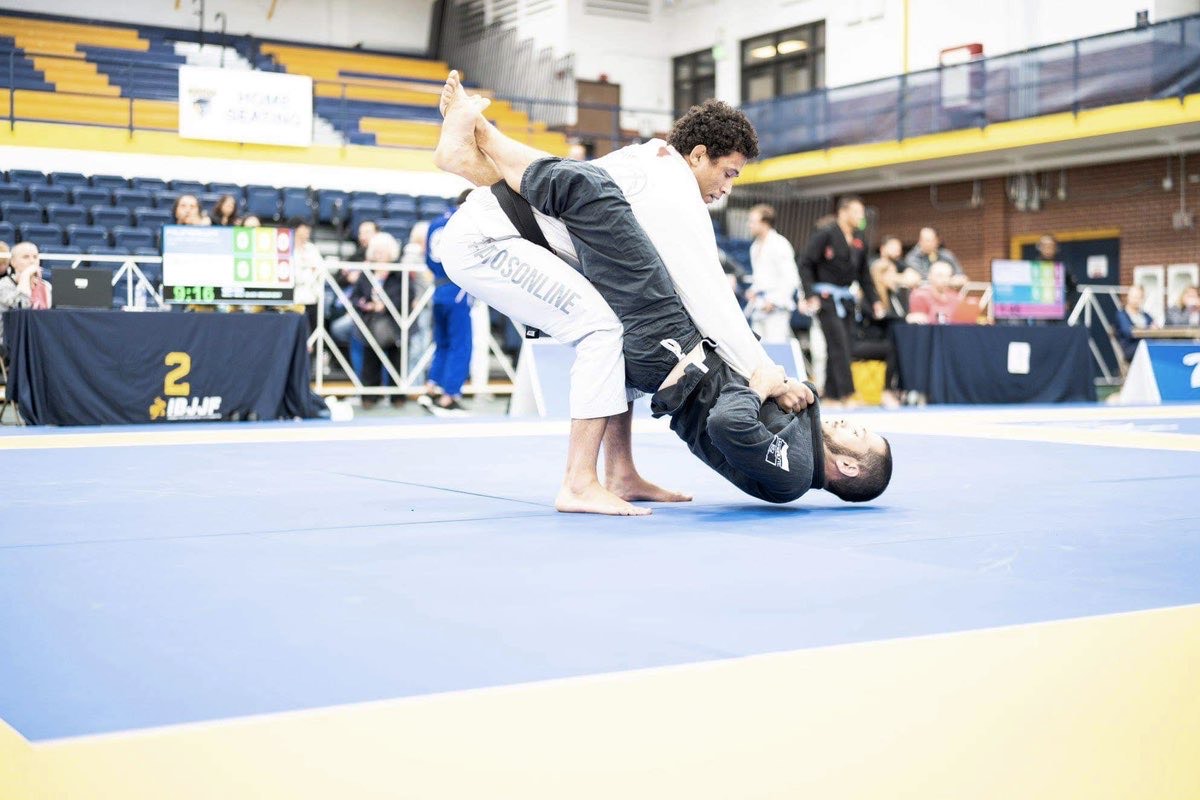
“Same with BJJ,” says Mike. “You need to treat it like an art form. You can have that wrestling toughness that’ll get you to blue belt and be a badass for a little while.. But after you get to a certain point in Jiu Jitsu, if you don’t put in that consistent time, all of a sudden that athleticism, that wrestling doesn’t work anymore.”
Only time spent, true consistency will make you really, truly good – and it won’t always feel fun.
Three books that Phil suggests for deepening your study on mastery and talent are The Talent Code by Daniel Coyle, Talent is Overrated by Geoff Colvin and The Sports Gene – David Epstein.
Fundamentals
At Easton, part of creating opportunity for mastery includes setting our students up for success from the start. One of the ways we do this is through our Fundamentals program in Jiu Jitsu, which helps beginners get a better grip on the material and hone technique for about six to eight weeks before they live-roll – BJJ’s version of sparring.
Rather than simply being thrown into the deep end like most Jiu Jitsu academies, you go through an entire Level 1 program first, learning techniques and getting acclimated to the nature of a close contact sport. Once you have two stripes on your white belt, you can do Randoris (live rolling) and join no gi and intermediate classes.
While there are things in Jiu Jitsu you absolutely can’t learn without being put under pressure and having to figure it out for yourself, not everyone can handle a sink or swim type of environment from the start — and they shouldn’t have to. With fundies, you get the chance to learn the vocabulary first.
In the end, more people stick around for longer because they get a little more space to process new information before the pressure of having to apply it.
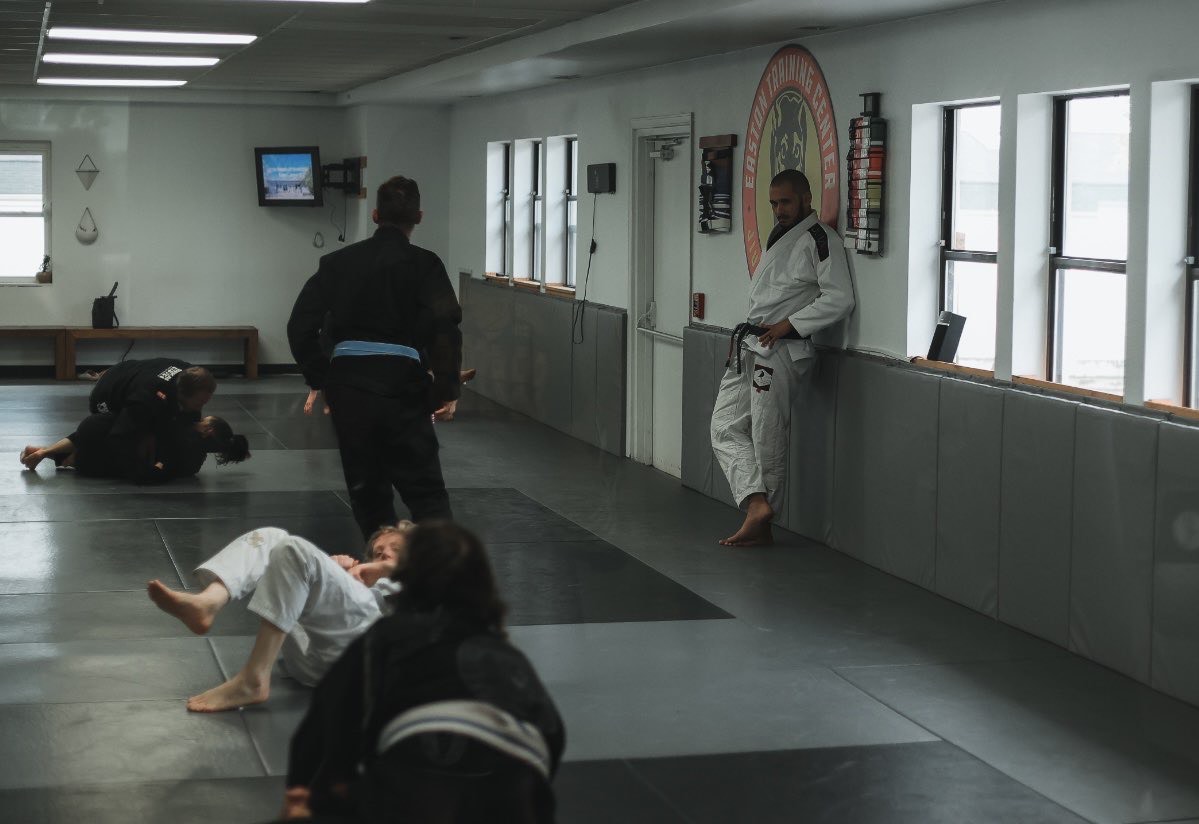
Adding fresh soil to the garden
However, while the larger martial arts community all belongs to something greater, not all schools and their leadership are created equal. Some do not teach the same values or hold the same respect and stewardship at the core of their operations. In these spaces, people may become sharks to learn how to swim with the sharks.
Sometimes, when a higher belt comes to Easton from a school like that, they might carry all of the technical skills and none of what it means to be a black-belt partner.
For this reason, we often prefer placing someone of lower rank in a higher position than someone who has the highest rank but lacks connection to our culture. Wearing a black belt carries a lot of weight; it also carries an unsaid responsibility as people will look to you to set the standard.
However, when we do encounter a fellow [martial] artist and black belt in the wild that we want to work with, the chemistry can be combustive. This is exactly how we felt about Phil. When we see that someone can not only uphold our values but expand deeper into them and add a new dimension to what “Excellence” means, we’re in business.
The reason Phil fit so well into our culture didn’t just stop at his technical BJJ expertise – it’s the shared mindset of pushing toward something great together. One of the four core values at the root of our entire company, excellence, means we can’t just stop when things are good enough or when we’re good at something.
We have to keep going, keep training, keep practicing to get even better. That last 10 percent that makes the difference between proficiency and mastery – that comes from everything that you put into it.
[From Concept Art to Martial Arts: Meet Easton’s Newest GM, Phil Lietz]
